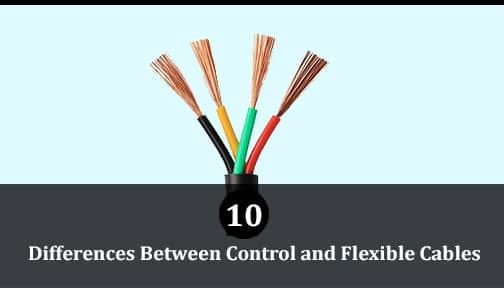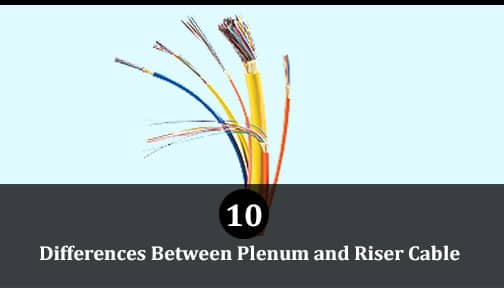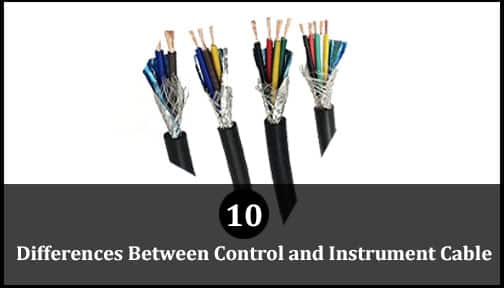Component Vs Composite Video Cables: Which Is Better?
Are you confused about the difference between component and composite video cables? As a professional writer, let me shed some light on this topic. Component video cables, also known as YPbPr, are capable of transferring video signals in three separate channels and offer better picture quality than composite video cables. Composite video cables, on the … Read more




